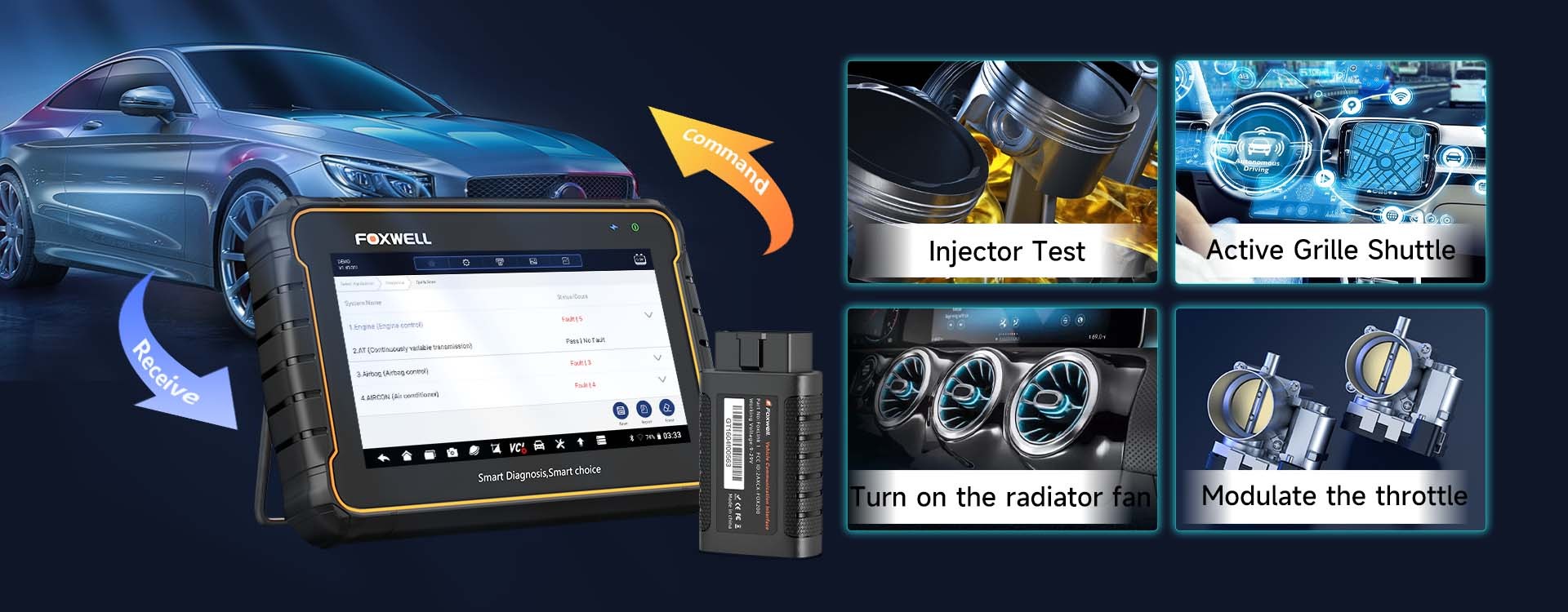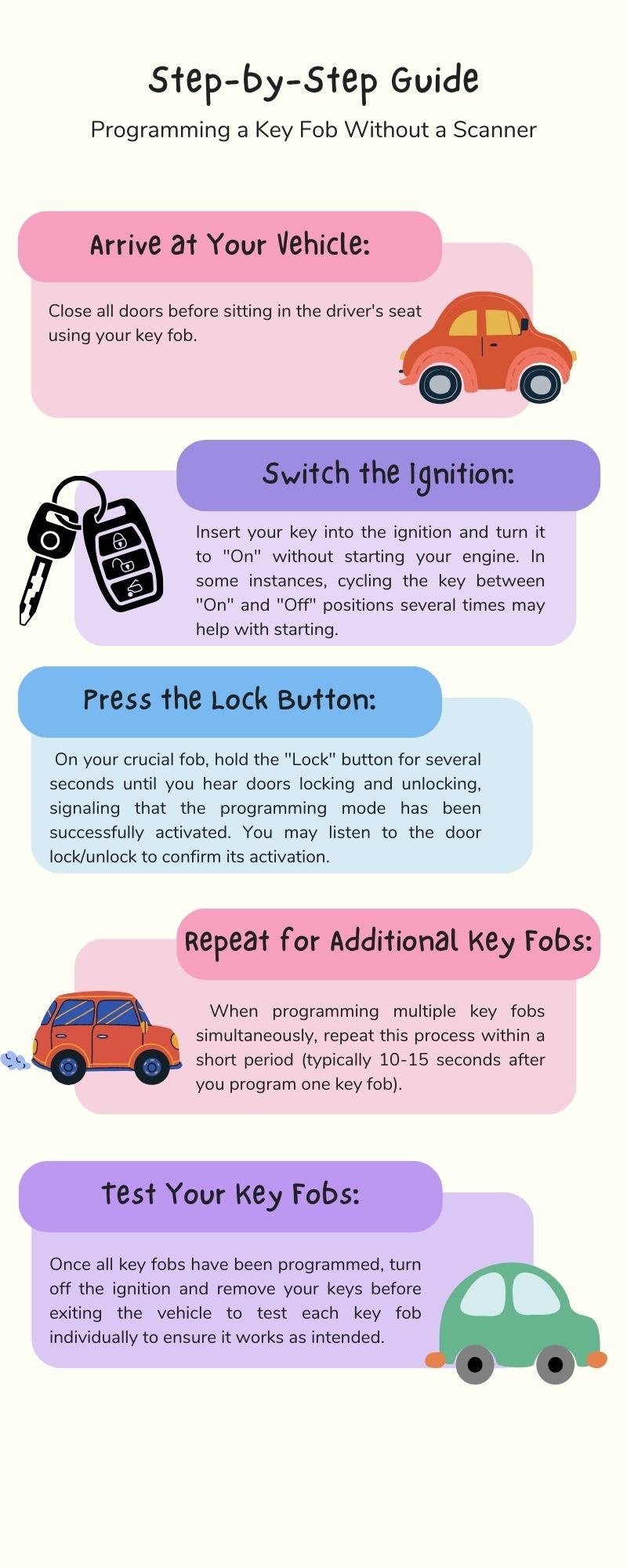Programming a key fob can be a simple DIY task or a complex procedure requiring specialized tools. One common question is whether an OBD2 scanner can program key fobs. The answer, like many things in the automotive world, is: it depends.
Factors like your vehicle’s age, make, model, and specific security features will determine whether an OBD2 scanner is necessary for key fob programming. This article will delve into the intricacies of key fob programming, outlining when a scanner is required and when it’s not. We’ll explore common issues, troubleshooting tips, and the pros and cons of DIY versus professional programming.
Key Fob Programming: When is an OBD2 Scanner Necessary?
While older vehicles (generally pre-2000s) often allow for manual key fob programming using simple procedures outlined in the owner’s manual, modern vehicles with advanced anti-theft systems often require a more sophisticated approach. Here’s a breakdown:
Cases Where an OBD2 Scanner is Often Required:
- Advanced Immobilizer Systems: Modern cars utilize immobilizers that prevent the engine from starting without a properly programmed key. These systems require communication with the vehicle’s Engine Control Unit (ECU) via a compatible OBD2 scanner to program new keys.
- Multiple Key Fobs: Programming multiple key fobs often necessitates a scanner to ensure proper synchronization with the vehicle’s security system. Some vehicles require all keys to be programmed simultaneously.
- Lost or Damaged Key Replacement: Replacing a lost or damaged key often involves erasing the old key’s data from the vehicle’s memory and programming a new one, which frequently requires an OBD2 scanner.
- Factory Resets: In situations where the keyless entry system needs a factory reset (e.g., after attempted tampering or ECU replacement), an OBD2 scanner is usually essential.
- High-End and Luxury Vehicles: Luxury brands like BMW, Mercedes-Benz, and Audi often employ complex, encrypted communication protocols that require specialized OBD2 scanners capable of handling these protocols.
When a Scanner Might Not Be Necessary:
Older vehicles with simpler keyless entry systems might allow programming through a sequence of actions involving the ignition switch, door locks, and key fob buttons. Always consult your owner’s manual for model-specific instructions.
Programming a Key Fob Without a Scanner: A General Guide
For vehicles that allow manual programming, the process might look something like this:
- Enter Vehicle: Ensure all doors are closed and you’re seated in the driver’s seat.
- Ignition Cycling: Turn the ignition on and off a specific number of times without starting the engine.
- Key Fob Button Press: Press and hold a designated button on the key fob (often the “Lock” button) for a specific duration.
- Repeat for Additional Keys: If programming multiple keys, repeat the process within a short timeframe.
- Test Functionality: Verify that all programmed keys lock and unlock the vehicle.
Important: This is a generalized guide. Always refer to your vehicle’s owner’s manual for the precise programming procedure for your specific make and model.
DIY vs. Professional Key Fob Programming
| Aspect | DIY Programming | Professional Service |
|---|---|---|
| Cost | Lower | Higher |
| Convenience | Convenient | Less Convenient |
| Time | Potentially Faster | Potentially Slower |
| Success Rate | Variable | Higher |
| Required Expertise | Basic to Moderate | Advanced |
| Tools Required | Basic or None | Specialized Scanners |


Troubleshooting Common Key Fob Programming Issues
- Key Fob Not Detected: Check the key fob battery. A weak battery can prevent proper communication.
- Programming Sequence Failure: Double-check that you’re following the exact steps outlined in your owner’s manual. Even minor deviations can cause the process to fail.
- Multiple Key Fob Synchronization Issues: Restart the programming process from the beginning if multiple keys aren’t syncing correctly. Ensure each key is programmed within the specified timeframe.
- Persistent Security Light: If the vehicle’s security light stays on after programming, it indicates a problem with the programming process or a potential issue with the security system. Seek professional assistance.
Conclusion
Whether or not you need an OBD2 scanner to program a key fob depends heavily on your vehicle. While older cars often allow for manual programming, modern vehicles with advanced security features generally require a scanner capable of communicating with the vehicle’s computer. Understanding your car’s specific requirements and weighing the pros and cons of DIY versus professional programming will ensure a successful and secure key fob programming experience.

